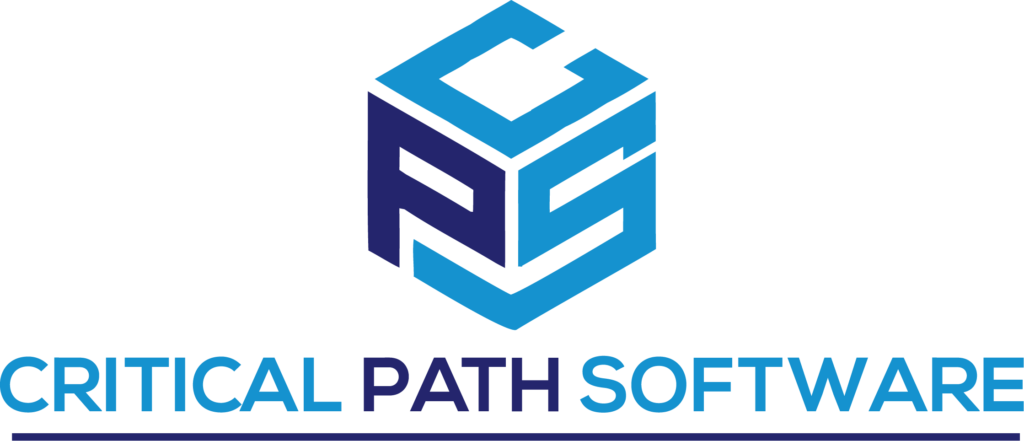The IBM mainframe is a robust computing platform that is still widely used across many industries. As with any computing system, performance optimization is a critical factor that can make or break the success of an application. Here are some key considerations for improving performance on an IBM mainframe:
- Memory Management
Memory management is a crucial aspect of performance optimization on the IBM mainframe. It’s essential to ensure that your applications are making efficient use of memory and not wasting resources. Consider implementing memory pools and using dynamic memory allocation to avoid memory fragmentation. - Task Management
Task management is another important factor in performance optimization. To avoid system overload and improve response times, it’s crucial to manage tasks effectively. Consider implementing task management techniques such as parallel processing, workload balancing, and prioritization. - Data Compression
Data compression is a technique that reduces the size of data to save storage space and improve performance. IBM mainframes support various compression techniques, including hardware-assisted compression and software-based compression using tools such as DFSORT. - I/O Optimization
I/O (Input/Output) optimization is critical for improving performance on the IBM mainframe. This can involve techniques such as intelligent caching, buffering, and read-ahead. By optimizing I/O operations, you can reduce the amount of time spent waiting for data to be read from or written to disk. - Resource Management
Resource management is another critical aspect of performance optimization on the IBM mainframe. It’s essential to monitor and manage system resources such as CPU usage, disk space, and network bandwidth. By doing so, you can avoid resource bottlenecks that can slow down your application.
Conclusion
In summary, optimizing performance on an IBM mainframe requires careful consideration of memory management, task management, data compression, I/O optimization, and resource management. By implementing these techniques, you can improve the efficiency and responsiveness of your applications. Whether you’re working with legacy applications or developing new ones, it’s crucial to prioritize performance optimization to ensure that your applications meet the demands of modern computing environments.


